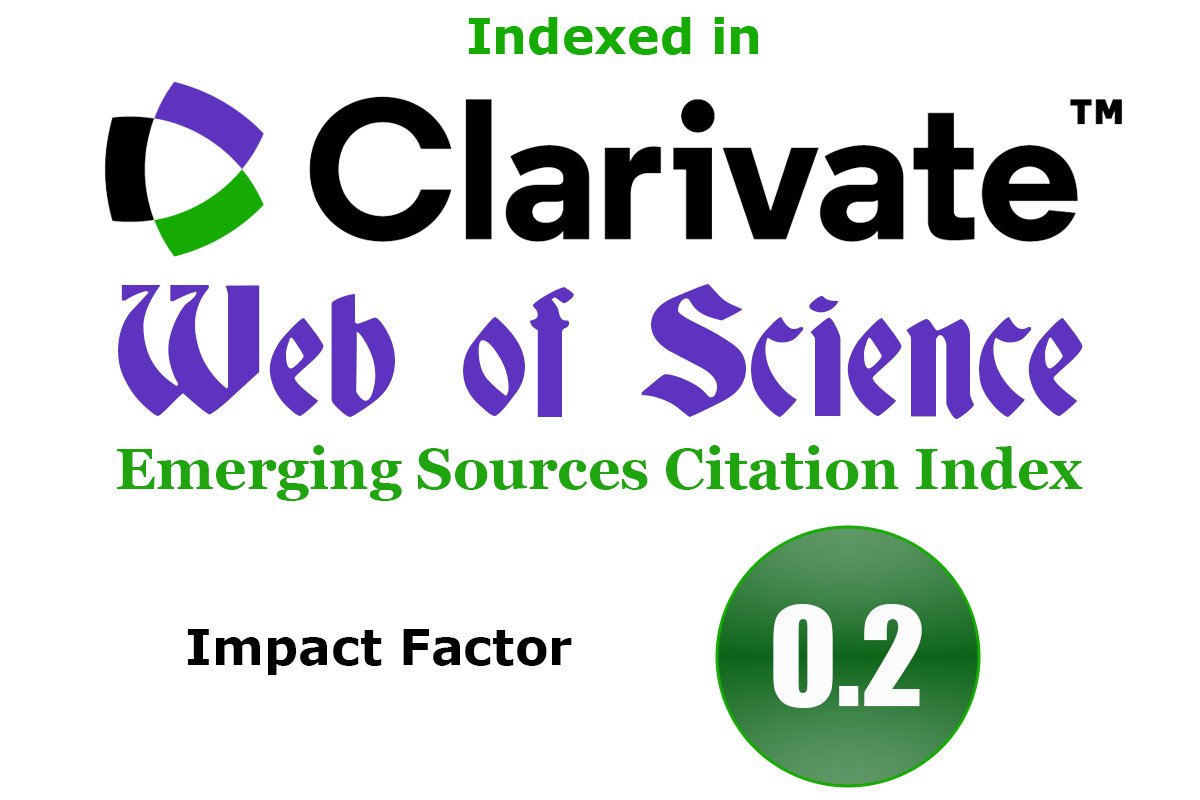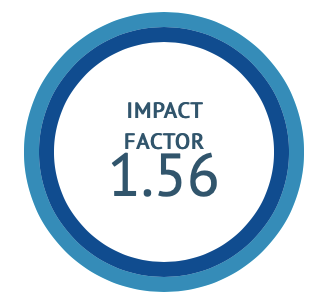A clinical study on Masha-madhu-sarpi yoga in the management of Ksheenashukra with special reference to Oligozoospermia
DOI:
https://doi.org/10.47552/ijam.v16i3.5823Keywords:
Mashamadhusarpi Yoga, Ashwagandha Churna, Ksheena Shukra, OligozoospermiaAbstract
Introduction: Oligozoospermia, a major cause of male infertility, is defined by the World Health Organization (WHO) as a sperm concentration below 15 million/ml of semen. In Ayurveda, it correlates with Ksheena Shukra, characterized by reduced semen quantity and impaired reproductive function. Methods:A randomized controlled trial was conducted on 90 subjects aged 32–45 years diagnosed with Ksheena Shukra (Oligozoospermia). Participants were randomly divided into two groups (45 each): Trial group (MMSY): Received Mashamadhusarpi Yoga (Masha + Madhu + Sarpi) before meals with milk.Control group (AG): Received Ashwagandha Churna.The intervention was given for 90 consecutive days. Outcomes were assessed using seminal parameters (semen volume, sperm count, motility, morphology, liquefaction time) and Pratyatmaka Lakshanas of Ksheena Shukra, along with the Changes in Sexual Functioning Questionnaire for Men (CSFQ-M).Results:The trial group showed statistically significant improvements in semen volume (p=0.000), sperm count (p=0.001), and liquefaction time (p=0.000) compared to control. A significant improvement was also observed in CSFQ-M scores (p=0.002), indicating enhanced sexual function.Conclusion: Mashamadhusarpi Yoga demonstrated significant efficacy in improving seminal parameters and sexual function in men with Oligozoospermia. Its nutritional, antioxidative, and Rasayana properties make it a promising dietary intervention for male infertility.
Downloads
Published
How to Cite
Issue
Section
License
Copyright (c) 2025 International Journal of Ayurvedic Medicine

This work is licensed under a Creative Commons Attribution-NonCommercial-ShareAlike 4.0 International License.
The author hereby transfers, assigns, or conveys all copyright ownership to the International Journal of Ayurvedic Medicine (IJAM). By this transfer, the article becomes the property of the IJAM and may not be published elsewhere without written permission from the IJAM.
This transfer of copyright also implies transfer of rights for printed, electronic, microfilm, and facsimile publication. No royalty or other monetary compensation will be received for transferring the copyright of the article to the IJAM.
The IJAM, in turn, grants each author the right to republish the article in any book for which he or she is the author or editor, without paying royalties to the IJAM, subject to the express conditions that (a) the author notify IJAM in advance in writing of this republication and (b) a credit line attributes the original publication to IJAM.




